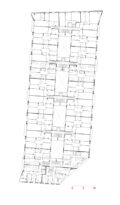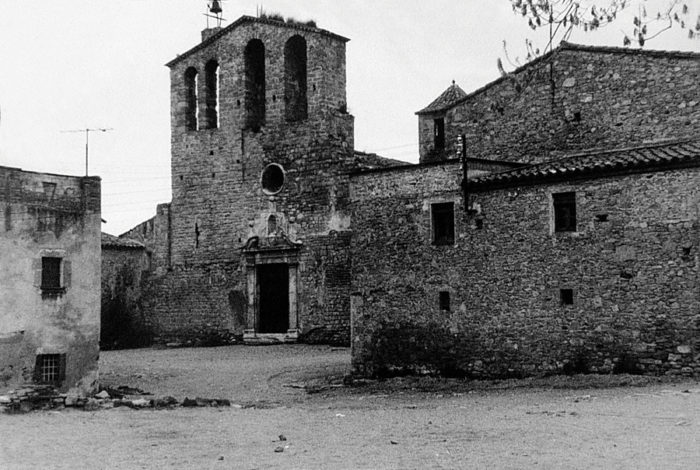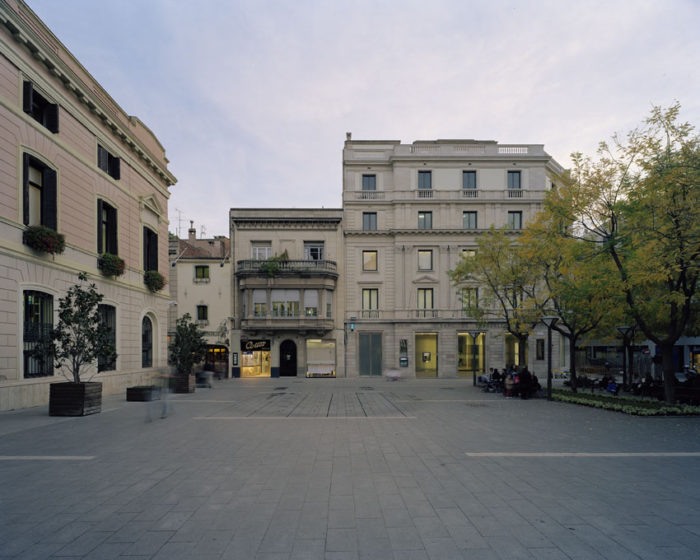This website uses cookies so that we can provide you with the best user experience possible. Cookie information is stored in your browser and performs functions such as recognising you when you return to our website and helping our team to understand which sections of the website you find most interesting and useful.

Catex social housing in Barcelona


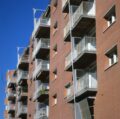

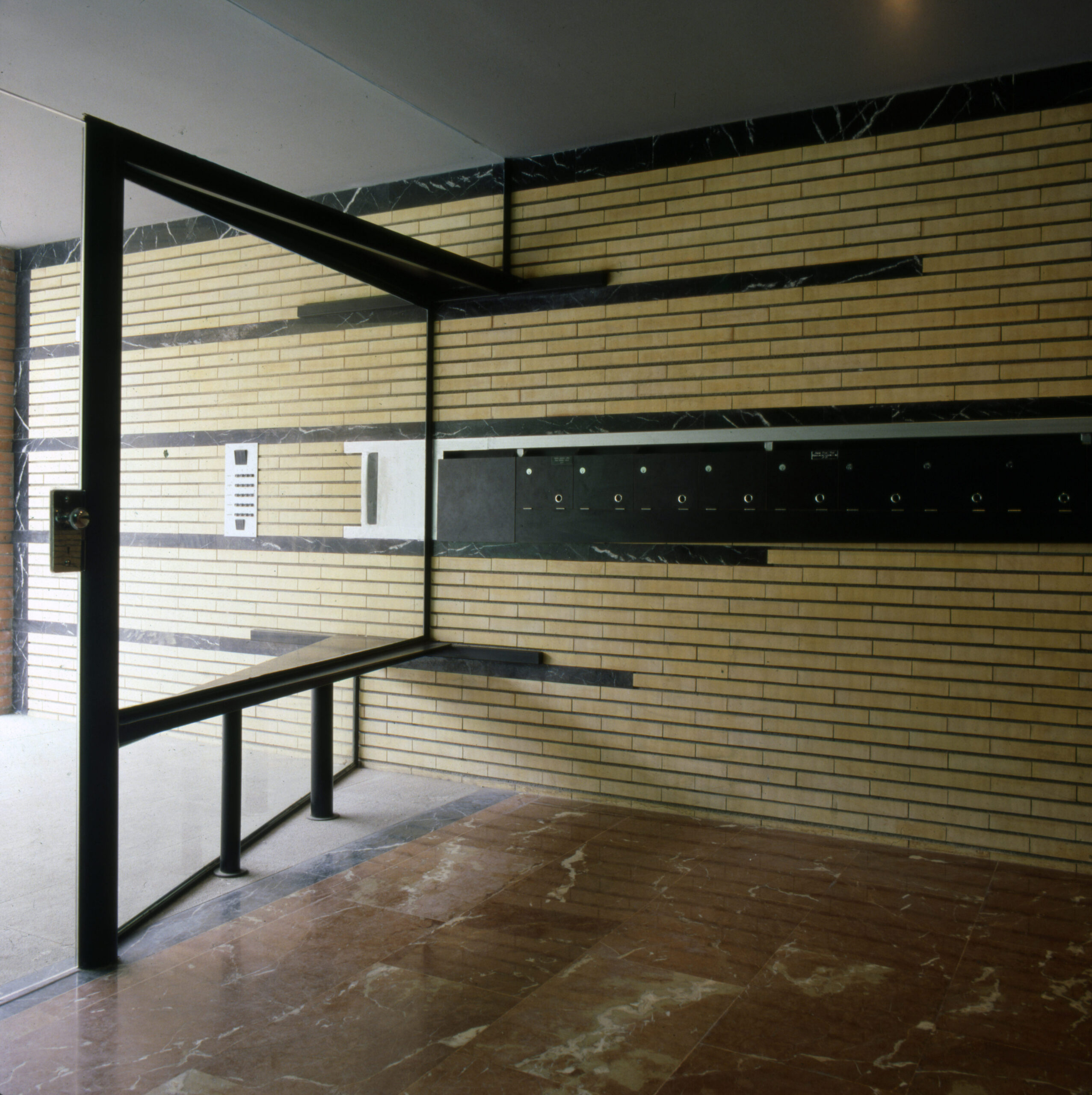

The building, intended for privately developed social housing, was conceived through multiple logics. On one hand, it follows the repetitive distributive pattern generated by the elementary aggregation unit of the stairwell. On the other, it responds to the specific distortions that emerge at its extremities—when confronting the irrational geometry of a Cerdà corner or irregular alignments such as the Old Valencia Road.
Formally, the building reflects this dual approach. While the side façades reveal the additive rhythm of its composition—emphasized by the design of the railing supports, which resemble masts unifying the cantilevered living rooms—it is in the turning of its ends that the building finds its architectural argument. These turning points give rise to unique episodes, shaped by both programmatic demands and the particularities of the context.
Thus, the Cerdà corner was ultimately resolved as a carved-out solid, recalling architectural solutions from the 1950s and 60s. The enclosed laundry rooms at the corner sought to capture the movement induced by the turn, and the windows facing Pallars Street were designed with lintels and sills that evoke an outward explosion, a desire to break free to the exterior.
Conventional construction systems (waffle slabs, brick enclosures) and outdated layout criteria (derived from the obsolete regulations governing social housing) were standard practice for the developer, which the architect, as always, had to work with. The result is a building with a stark, robust exterior, deliberately contrasted by the more delicate and enigmatic scale of the entrance halls—an interplay often found in urban housing.
Typology: Social housing
Project: 1984
Construction: 1991
Surface: 1.500 m2 (new construction) + 6.500 m2 (restoration)
Location: Barcelona, Spain
Photo: Christian Richters, Anna Muller

